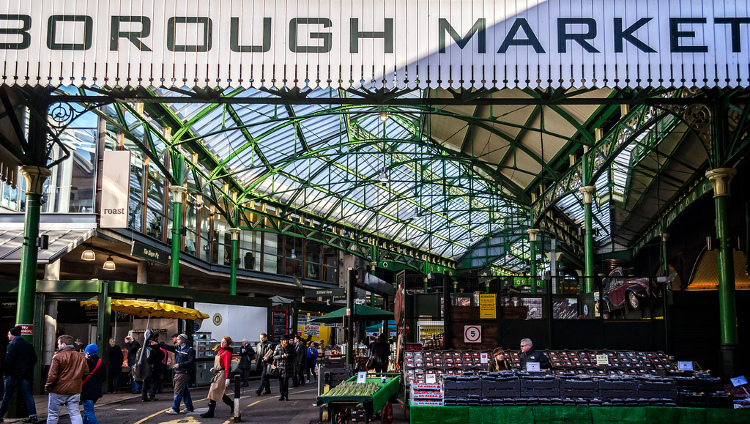
More than 2,000 residents of Greenwich and Lewisham will wait at least a year for non-urgent medical treatment, the local NHS trust has indicated.
Ben Travis, chief executive of the NHS Trust for Greenwich and Lewisham, has said that increased pressures associated with the pandemic have forced the closure of non-urgent services.
Before the pandemic, only 10 or so people could expect to wait more than 52 weeks for non-life saving services. Now, that number stands at more than 2,200.
Travis said: “When you close a motorway the traffic can build up very very quickly and that’s absolutely what’s happened in terms of our waiting list”.
In recent months the Queen Elizabeth hospital in Greenwich has also seen an increase in the number of people using emergency services.
As the Lewisham and Greenwich NHS Trust prepares for what is expected to be a challenging winter, director of operations, Kelly Lewis-Towler explained that hospital beds at the Queen Elizabeth Hospital are already at maximum capacity.
Travis attributes some of the increase in occupancy to the public’s growing confidence in attending the hospital nearly two since the pandemic began. However, he acknowledged that some of the emergency service users are those who’s health conditions have worsened due to the lack of accessible care at the height of the pandemic.
The NHS’s four-hour A&E waiting time target sets an operational standard that expects 95 per cent of patients to be admitted, transferred or discharged within four hours of arriving at A&E.
Currently, A&E departments in Greenwich and Lewisham are only able to meet the four-hour standard roughly 70 per cent of the time. Travis said this was “unheard” of, but explained it was a good indicator of pressure across the system as a whole.
He added that the pressure is the result of multiple issues, including consistently high demand, the symptoms patients are presenting with and operational challenges related to the work force. He said: “Workers are more reluctant to do overtime because people are tired and need a break.”
A&E isn’t the only department seeing an increase in patients with more complicated health issues as a result of the pandemic.
A therapeutic radiographer treating cancer patients told South London Lines: “Due to the pandemic and the limited availability of face-to-face GP services, patients are now suffering with more advanced disease. The prognosis for these patients is much worse and our treatment is not as effective.”
A spokesperson for Queen Elizabeth Hospital told South London Lines: “We have been working hard with our partners to reduce the backlog of people experiencing long waits for treatment. But the NHS as a whole is facing challenges with winter pressures and the rise of the Omicron variant.”
Outlining plans for 36 additional beds across two hospitals, a recruitment campaign and the introduction of same-day emergency care, Travis said he is optimistic that brighter days are ahead for Greenwich.



